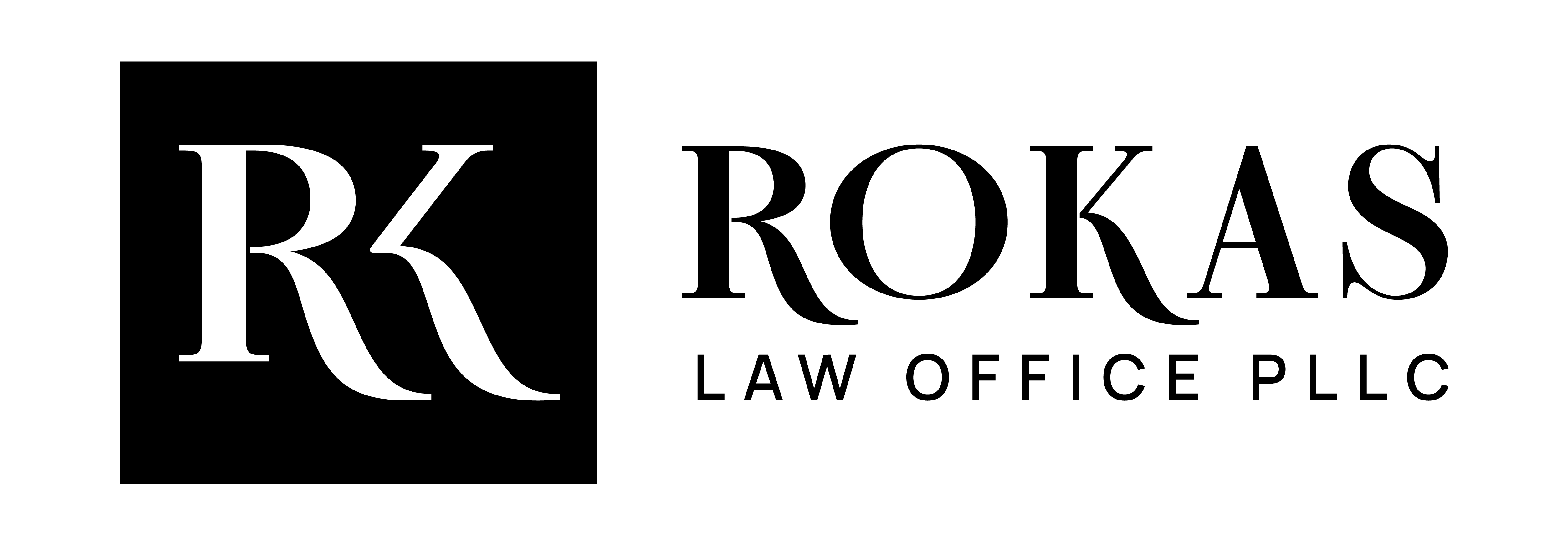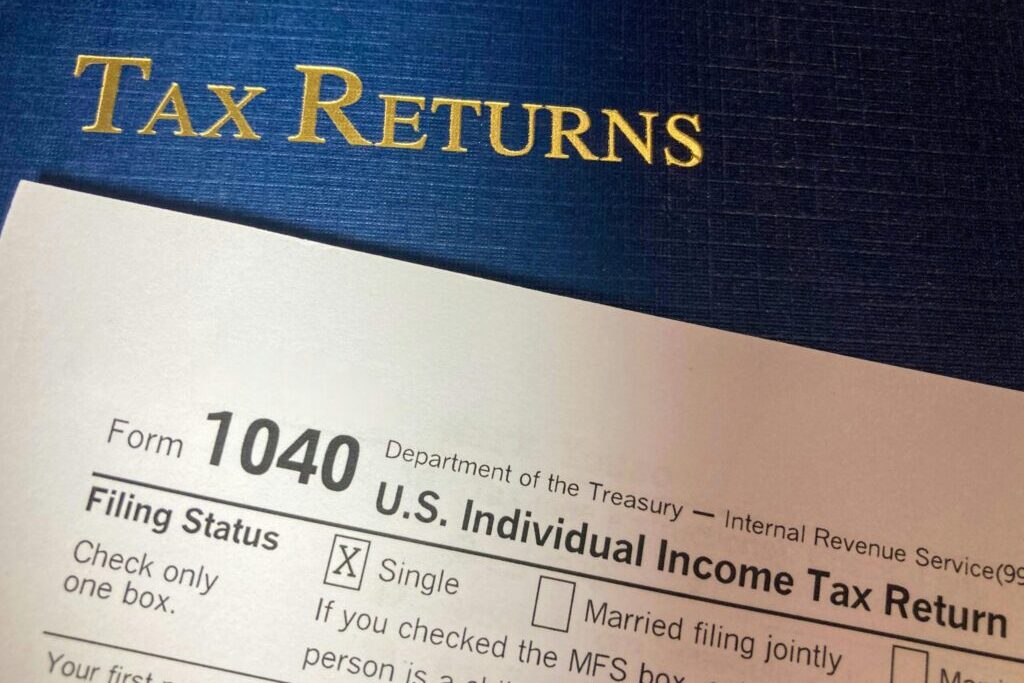
The first and necessary step for someone to work in the U.S. is to have a job offer from an American employer in a field that requires a university degree — not, for example, working in a relative’s restaurant. With a few exceptions for individuals with extraordinary and rare abilities (internationally recognized scientists, etc.—see below), a job offer is absolutely essential, since the entire legal process for working in the U.S. begins with the initiative of the American employer, not the foreign national.
Therefore, the most important and most difficult challenge for a foreign national who wants to work in the U.S. is to find an American employer. The most common way to find a job in the U.S. is by starting with studies — since anyone studying at an American university can more easily approach large companies in the U.S. that may have job openings. Additionally, the student visa (F-1) allows work in the U.S. for twelve months after completing studies relatively easily.
Another quite common way to find work in the U.S. is through a transfer, provided the foreign national already works for a company that has offices in the U.S. The L-1 visa is specifically designed for those who have worked for at least one year outside the U.S. and want to be transferred to the offices of the same company in the U.S. The L-1 transfer visa offers several advantages, the most important being that one can relatively easily proceed with an application for a green card, which grants the right to permanent residency in the U.S. indefinitely.
With some luck and very strong qualifications, one can apply directly for jobs at American companies in the U.S. However, it is quite difficult for a U.S. company to express interest in someone located on the other side of the Atlantic. If, however, you manage to find an employer, the company can start the process for an H-1B visa. These visas are limited per year and become effective on October 1st of each year. That is, if the visas for the current year have been exhausted, you will need to wait until October 1st of the following year to begin working. It should be noted that the H-1B visa is for temporary work for a specific employer and does not provide the rights of a green card, which has much higher requirements. Employers usually test the employee first with a temporary visa before starting the green card process.
Finally, certain special categories of individuals, such as those with extraordinary abilities in science, arts, education, business, or athletics, or internationally recognized researchers, have the right to apply for a green card directly, without a job offer. Unlike other countries such as Canada and Australia, to immigrate to the U.S. without a job offer (and without family ties to a U.S. citizen or permanent resident), one must have exceptional qualifications in their field, and very few meet these very strict criteria. For more information, you should consult an immigration lawyer who will carefully review your résumé.
In summary, if you want to find a job in the U.S., you must be patient and persistent. The most important thing is to acquire specialized qualifications that are in high demand, either through work experience or specialized studies. In the U.S., technical fields like information technology and the sciences are usually the sectors that more readily accept immigrants from abroad. Also, if you decide to travel to the U.S. under the visa waiver program with the intention of finding work, you should know that even if you find an employer in the U.S., you must return to the American embassy and come back with a work visa before you begin working.
Below are some of the most common types of work visas:





